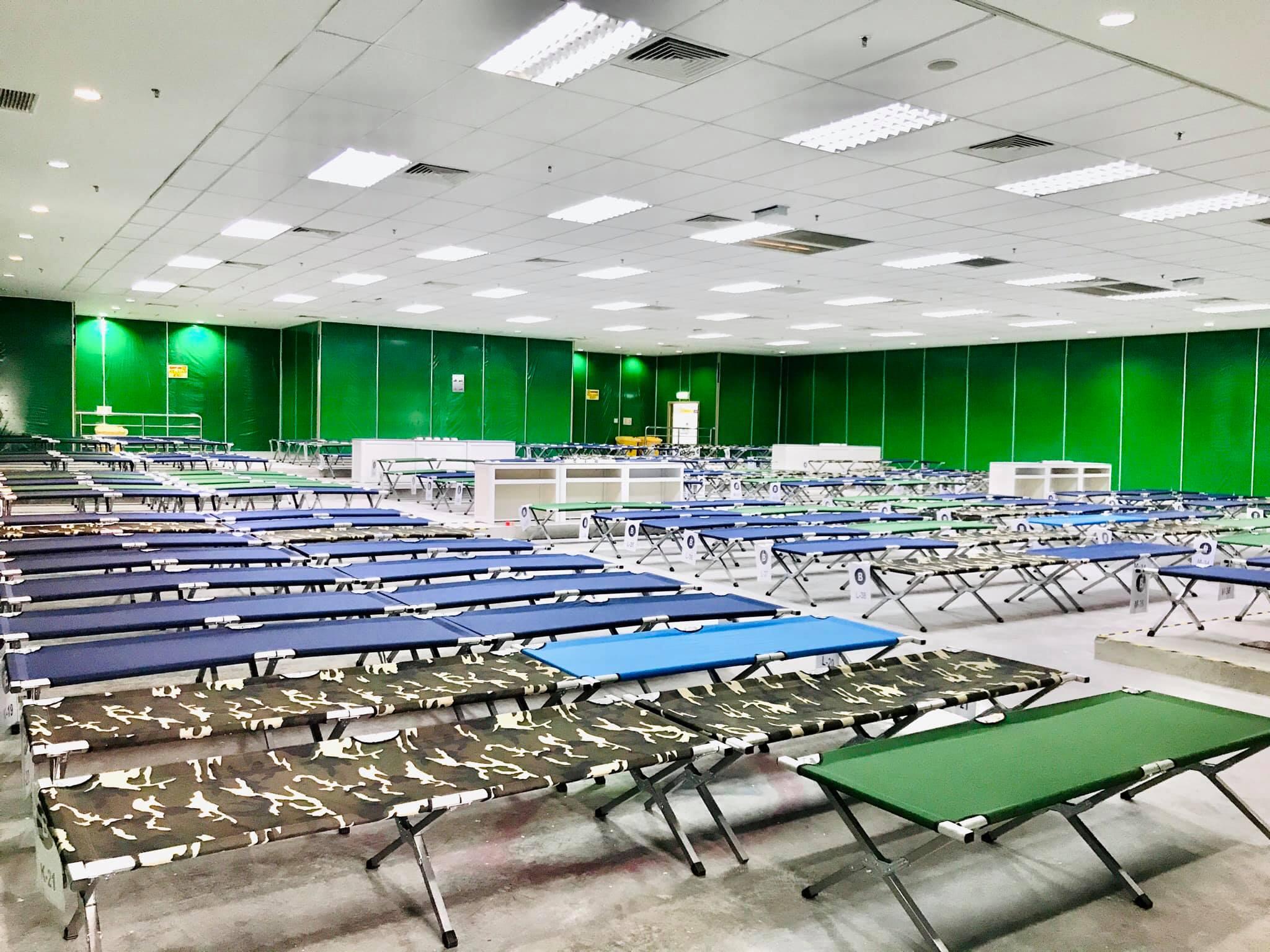Putrajaya bracing for the worst as lack of beds, manpower threatens Covid battle
A possible shortage of facilities could stymie efforts to contain the spread of infection as one projection sees daily cases hitting 5,000 by early next year.
Just In
Officials in Putrajaya are bracing for yet another round of spikes in Covid-19 infections, worried that a projected scenario of 5,000 daily cases could stretch hospital facilities beyond their limit if preparations are not immediately made.
This was among the issues raised at one of the final meetings for the year by senior officials to discuss Covid-19 measures, MalaysiaNow has learnt.
At the meeting, government leaders were warned of a possible shortage of hospital beds for the tens of thousands of patients warded for Covid-19.
“The message was clear: The worst has yet to come, so there needs to be a solution within the next two months,” a source familiar with the discussions told MalaysiaNow.
New daily figures in recent weeks have been mostly in the four-figure range as the total number of people warded since the virus was first detected in Malaysia approaches 100,000.
Yesterday, another 1,348 cases were reported while the death toll increased to 444. Most of the casualties were reported during the third wave of infections which began in September.
“The message was clear: The worst has yet to come, so there needs to be a solution within the next two months.”
The source told MalaysiaNow that the health ministry knows of the many complaints it has received on the quality of treatment, as other government hospitals are forced to bear the brunt of the Covid-19 spike.
“For instance, the Selayang hospital now receives many transfer patients from the Sungai Buloh hospital which has to concentrate on thousands of Covid-19 patients,” the source said.
Early this month, the US-based Institute for Health Metrics and Evaluation, a research centre at the University of Washington, projected a continuous rise in Covid-19 cases in Malaysia until March next year, with daily infections to hit 5,000 by Feb 25.
MalaysiaNow has learnt that apart from a shortage of beds and ventilators, ICUs at hospitals are also reaching full capacity due to an increase in patients with chronic underlying illnesses who have been infected with Covid-19.
The problem has been compounded by cases of health workers themselves falling victim to Covid-19.
“This will affect the workforce needed to fight the pandemic,” the source said.
It added that at least 50,000 beds – 200% more than the current number – will be needed if the projection of 5,000 daily cases becomes a reality early next year.
“The health ministry currently has 24,136 beds, which is nowhere near enough to treat 5,000 patients daily.”
One solution under consideration by Putrajaya is to make use of the health ministry’s Covid-19 Quarantine and Low Risk Treatment Centre at the Malaysia Agro Exposition Park in Serdang.
The centre, which can cater to as many as 10,000 patients, was reactivated early this month to help health workers cope with the sharp rise in number of cases.
“Currently, 3,906 patients are being treated there,” the source told MalaysiaNow.
This includes thousands of foreign workers who have been making up the bulk of daily new cases since last month.
“The centre is in need of more staff, equipment, food and support services, as well as beds and security,” the source added.
Subscribe to our newsletter
To be updated with all the latest news and analyses daily.
